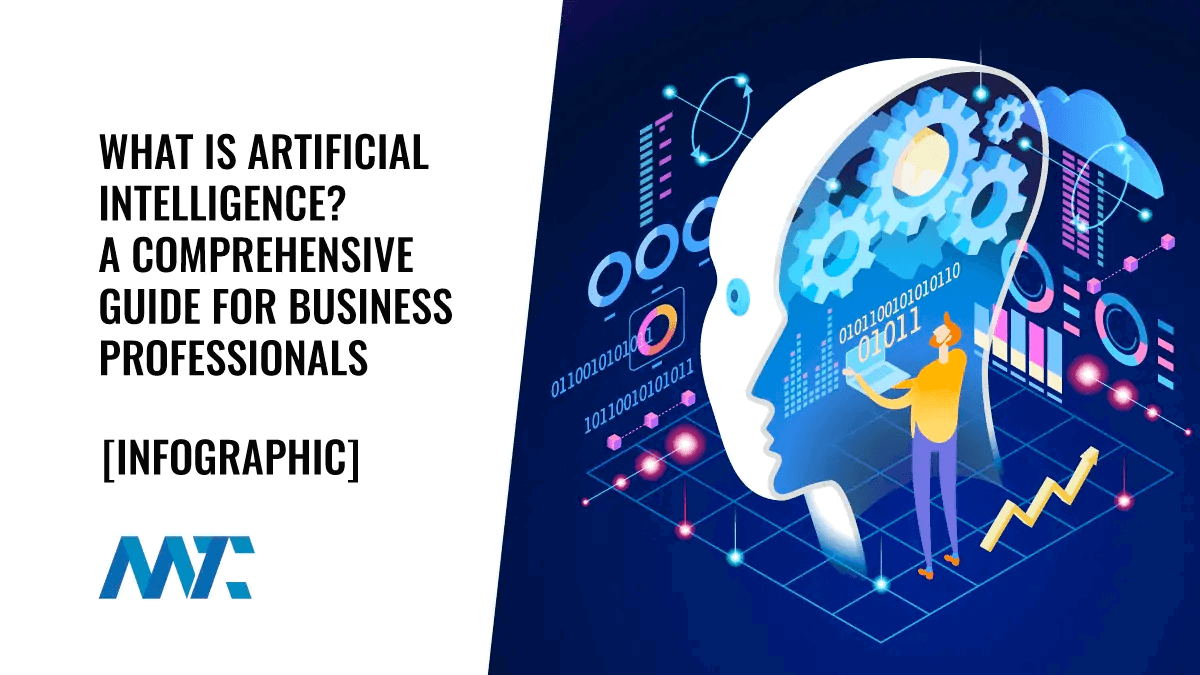GAN
GAN is the acronym for Generative Adversarial Network.

Generative Adversarial Network
A class of machine learning (ML) frameworks designed by Ian Goodfellow and his colleagues in 2014. GANs are composed of two neural networks, the generator and the discriminator, which are trained simultaneously through a competitive process:
- The Generator creates new data instances (like images, audio, text, etc.) intended to pass for real data.
- The Discriminator evaluates the data for authenticity; it tries to distinguish between actual data (drawn from the training set) and fake data created by the generator.
The process is analogous to a forger trying to create a fake painting, while an art detective tries to detect whether the painting is a fake. Here’s how it works in steps:
- The generator creates a piece of data (e.g., an image).
- The discriminator examines both the newly created and real data from the dataset and decides whether the new data is real or fake.
- The generator is then updated and tries to improve its performance based on the feedback from the discriminator. The goal is for the generator to become so good at creating data that the discriminator can’t tell the difference between real and fake.
This adversarial process continuously drives both networks to improve their methods until the generator produces realistic data. GANs are especially known for their ability to generate highly realistic images. Still, they can also be used for various applications, including creating realistic sound, text-to-image synthesis, drug discovery, and more.
The critical advantage of GANs is their ability to learn to mimic any distribution of data across various domains, making them powerful tools in AI and machine learning.


